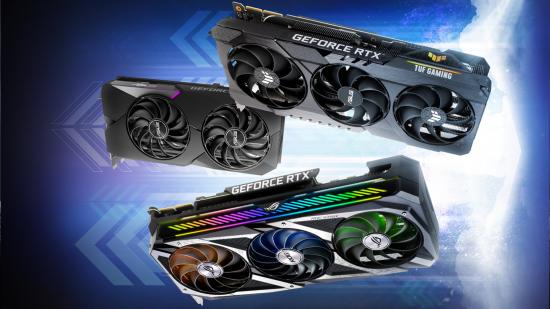If you were clinging onto the hope that the everlasting stock issues surrounding gaming hardware would ease by July as AMD originally indicated, you might want to take a deep breath because analysts now predict it could take at least another year, if not more, before we can get our hands on the best graphics card and best gaming CPU once again.
We’re currently in a perfect storm of inflated demand driven ever higher by gamers during lockdown, a lucrative hustle from scalpers, and interest in new GPUs from crypto miners, combined with a slow response from the semiconductor industry that lacks the resources to adjust capacity. In turn, lead times are extended to give foundries ample room to fulfil orders, leaving stock few and far between.
According to J.P. Morgan analyst Harlan Sur, via MarketWatch, demand is currently between 10% and 30% greater than the current output, which could take up to a year for foundries to catch up to. After that, it could take an additional three to six months to replenish distribution channels, getting the products into the hands of chipmakers like Intel, AMD, and Nvidia.
To put this in perspective, Hardware Times reports that AIB partners (third-parties like Gigabyte, Asus, MSI, etc.) are currently receiving fewer than 20 units of Nvidia RTX 3080 graphics cards per country in the South Asian region, with a slight uptick at the end of February. China is the only exception with around 100 units this month, but miners and those with a bit of influence are likely to snap them up directly from the factory, as the remainder carry an inflated price tag for the consumer.
It’s likely AMD’s upcoming RX 6700 XT won’t break the trend, either, as it’s expected to launch on March 3 with just 100 reference units and 100 custom models – the former of which might even be immediately discontinued.
TSMC is trying to alleviate the issues with a hefty $28 billion investment to expand its facilities throughout the year, but it’ll take months to build and install the equipment needed to fabricate chips, let alone get the conveyor belt moving again.
